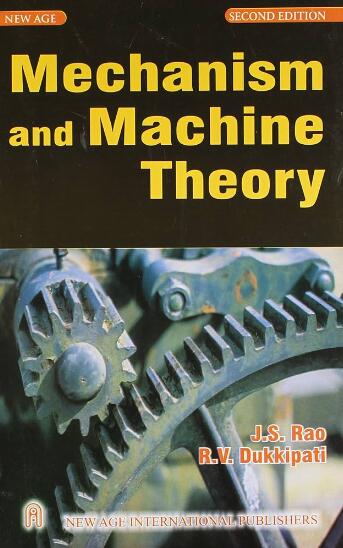采用新一代混合动力双离合变速器进行自动计算设计合成的高效损耗建模
IF 4.5
1区 工程技术
Q1 ENGINEERING, MECHANICAL
引用次数: 0
摘要
在设计阶段早期以足够的精度估计传输功率损耗或能量效率对于获得最佳传输设计至关重要。高精度的仿真模型通常需要大量的计算时间,因此我们致力于开发快速而准确设计的齿轮箱关键部件参数化损失模型。为了提高模型的准确性,需要对关键传动部件(齿轮、轴承、同步器、离合器和密封件)的不同分析损耗模型进行基于实验的研究。这项工作的主要贡献在于对现有的负载无关和负载相关损失模型进行了彻底的实验验证,特别关注齿轮啮合、离合器阻力和齿轮搅拌损失;验证和验证变速器建模方法,并使用下一代混合动力双离合器变速器,深入了解变速器系统层面的这些损失。结果表明,根据文献中所提供的基本部件输入参数和所选齿轮箱的几何参数,所提供的损失模型可以动态地预测齿轮箱在整个运行范围内的损失。因此,通过将其与在超过15个不同的测试平台上测量的大量75个变速箱进行比较,在认证的参考驱动周期(WLTC)内实现了小于15%的误差精度。此外,在大多数工作点,预测损耗都在实验测量范围内,这是由于硬件部件之间的变化和试验台之间的变化造成的。本文章由计算机程序翻译,如有差异,请以英文原文为准。
Efficient loss modeling for automated computational design synthesis using a next-generation hybrid dual-clutch transmission
Estimating transmission power losses or energy efficiency with sufficient accuracy early in the design phase is essential to obtain an optimal transmission design. High-accuracy simulation models usually require large computation times, hence we focus on the development of fast yet accurately designed parametric loss models for the essential gearbox components. To enhance the models’ accuracy, experiment-based research into the distinct analytical loss models for the key transmission components (gears, bearings, synchronizers, clutches, and seals) is required. The main contribution of this work lies in the thorough experimental validation of the existing load-independent and load-dependent loss models with particular attention to gear mesh, clutch drag and gear wheel churning losses; verification and validation of the transmission modeling method, and providing insights into the breakdown of these losses at transmission system level using a next-generation hybrid dual-clutch transmission. The results showcase that the provided loss models with the essential component input parameters from the literature and the provided geometrical parameters of the chosen gearbox can predict the losses dynamically and over the full range of operation. Hereby, an accuracy of less than 15% error by comparing it with a large number of 75 gearboxes, measured on more than 15 different test rigs, over a certified reference drive cycle (WLTC) has been achieved. Furthermore, in most of the operating points, the predicted losses are within the experimental measurement spread, originating from hardware piece-to-piece variation and test bench-to-test bench variation.
求助全文
通过发布文献求助,成功后即可免费获取论文全文。
去求助
来源期刊

Mechanism and Machine Theory
工程技术-工程:机械
CiteScore
9.90
自引率
23.10%
发文量
450
审稿时长
20 days
期刊介绍:
Mechanism and Machine Theory provides a medium of communication between engineers and scientists engaged in research and development within the fields of knowledge embraced by IFToMM, the International Federation for the Promotion of Mechanism and Machine Science, therefore affiliated with IFToMM as its official research journal.
The main topics are:
Design Theory and Methodology;
Haptics and Human-Machine-Interfaces;
Robotics, Mechatronics and Micro-Machines;
Mechanisms, Mechanical Transmissions and Machines;
Kinematics, Dynamics, and Control of Mechanical Systems;
Applications to Bioengineering and Molecular Chemistry
 求助内容:
求助内容: 应助结果提醒方式:
应助结果提醒方式:


